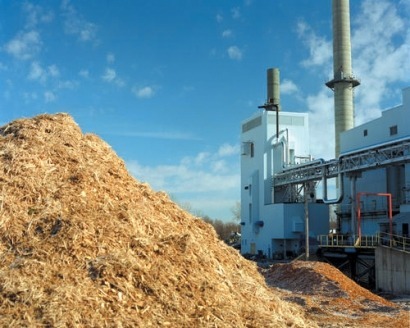
The first of the triple release, the Renewable Municipal Waste Barometer, finds that renewable waste incineration is the main energy conversion route for the biodegradable fraction of waste. According to the findings of EurObserv’ER, primary energy production of renewable waste stood at 7.7 million tonnes equivalent (toe) in 2009, which is a 3.3% increase compared to 2008. “Renewable electricity output from waste incineration in all the EU countries is rising continuously (almost 15.4 TWh in 2009, which is 1.3% up on 2008,” says EurObserv’ER. “The amount of heat from waste conversion sold to heating networks is also rising and reached 1.9 Mtoe in 2009, which is 4.7% up on 2008.”
The Barometer on Renewable Municipal Waste presents energy statistics per EU Member State for the year 2008 and EurObserv’ER estimates for the year 2009.
Biogas diversifying
In the second report, the Biogas Barometer, EurObserv’ER reveals that “the biogas sector is gradually deserting its core activities of waste cleanup and treatment and getting more and more involved in energy production, in some countries also using energy crops for biogas production”.
Across the European Union primary energy growth leapt by a further 4.3%. Biogas production has the advantage of reconciling two European Union policies: the Renewable Energy Directive (2009/28/CE) and the European organic waste management objectives (Directive 1999/31/CE on the landfill of waste). These policies have prompted a number of Member States to encourage biogas production and they have set up incentive systems for paying for electricity (feed-in tariffs, green certificates, tenders). More information on biogas production (among others the contribution of landfill gas, sewage sludge plants and other types of biogas) are presented in the Biogas Barometer which we will cover in more detail over the coming days.
Biomass still reigns
In the last of the three reports, the Solid Biomass Barometer shows that solid biomass leaves the other renewable energy sources standing in terms of use and potential. Primary energy output from solid biomass combustion rose in 2009 yet again to a new height of 72.8 Mtoe, which equates to a 3.6% increase on 2008.
“The reason for this exploit, which prevailed over the tight economic context, is the resolve made by many countries to rely on this energy to achieve their European electricity or heat production target levels,” explains EurObserv’ER. Growth of electricity output from solid biomass is particularly steady as it has increased by an average of 14.7% per annum since 2001 rising from 20.8 to 62.2 TWh in 2009, when it posted new growth of 7.4% over its 2008 level. Most of this production, 62.5% in 2009, comes from cogeneration plants. First available estimates put solid biomass heat sales to heating networks slightly higher in 2009, at around 5473 ktoe (5434 ktoe in 2008).
Targeting the press and the interested general public, the EurObserv’ER consortium releases ‘thematic barometers’ every other month. The barometers focus on the latest state of renewable energies (solar energy, wind power, hydropower, geothermal energy and bioenergy) in EU member states. An annual update also summarizes socio-economic effects (employment and sector turnover) of renewable energies in the EU.
The EurObserv’ER barometer is a project supported by the European Commission within the DG Energy "Intelligent Energy Europe" programme. It is also supported by Ademe, the French Environment and Energy management Agency.
For additional information:


